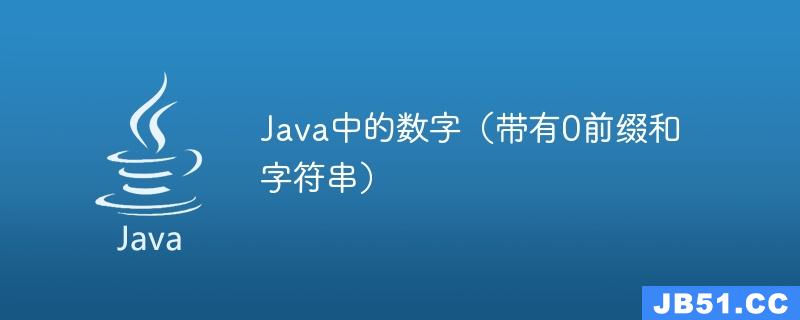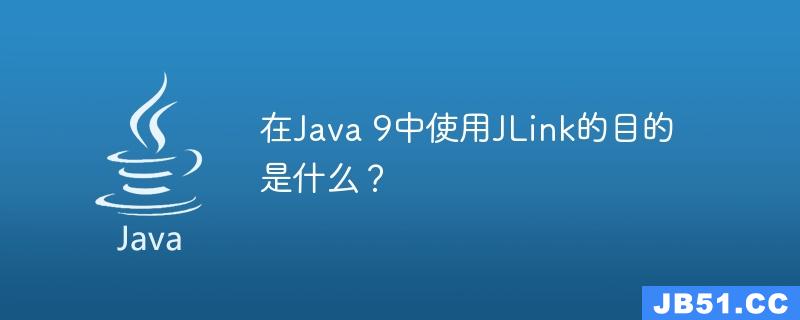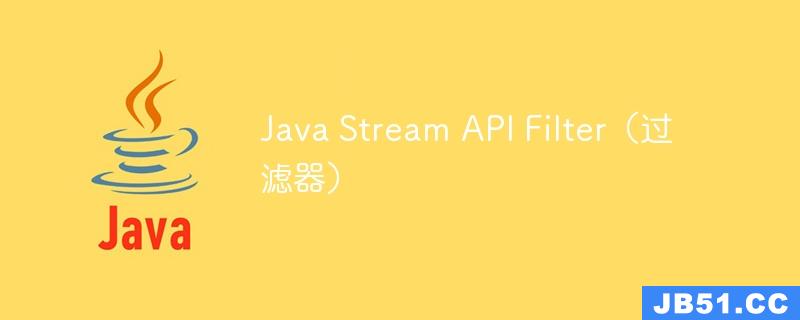编译器的某些功能让我感到困惑(使用
Eclipse的Oracle JDK 1.7).
所以我有这本书说char原语需要明确地转换为short和byte,这一切都有意义,因为数据类型的允许范围不重叠.
换句话说,下面的代码可以工作(但如果没有显式类型转换,则无法工作):
char c = '&'; byte b = (byte)c; short s = (short)c;
正确打印b或s会显示数字38,这是Unicode中(&)的数字等效值.
这让我想到了我的实际问题.为什么以下工作也一样?
byte bc = '&'; short sc = '&'; System.out.println(bc); // Correctly displays number 38 on the console System.out.println(sc); // Correctly displays number 38 on the console
现在我肯定会理解以下内容(也适用):
byte bt = (byte)'&'; System.out.println(bt); // Correctly displays number 38 on the console
但是对于字节(和短)“潜行转换”这个无编译器警告字符对我来说似乎不对.
有人可以解释,为什么允许这样做?
原因可能是’< char>‘的解释本身,所以它实际上没有达到char原始状态,但作为数字(八进制或十六进制等)值处理?
解决方法
基本上,specification of assignment conversion指定了
In addition,if the expression is a constant expression (§15.28) of
type byte,short,char,or int:A narrowing primitive conversion may be used if the type of the
variable is byte,or char,and the value of the constant
expression is representable in the type of the variable.
你的’&’恰好是“byte,char或int类型的常量表达式”.




